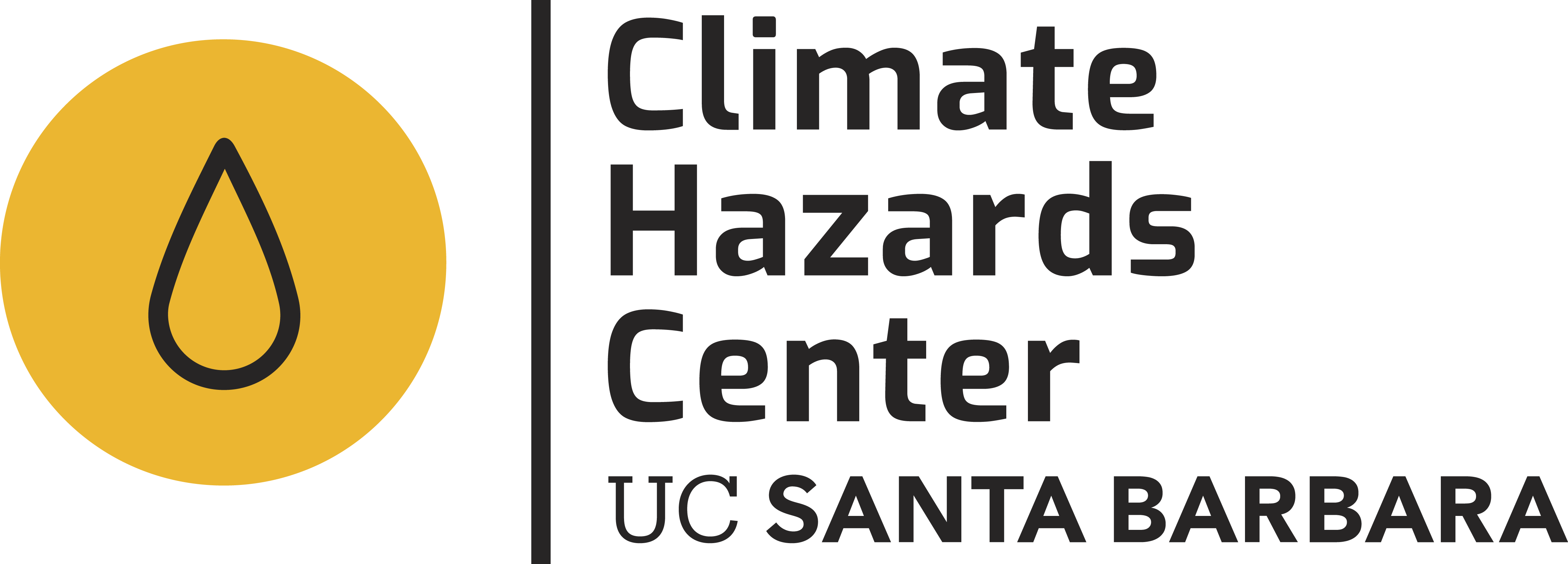The Famine Early Warning Systems Network (FEWS NET) uses a multi-agency Drought Early Warning System and monthly Food Security Outlooks and updates to track and anticipate disruptions to food security and humanitarian assistance needs. See Recognizing the Famine Early Warning Systems Network: Over 30 years of drought early warning science advances and partnerships promoting global food security (Funk et. al, 2015) for more information about this process.
Climate Hazards Center scientists and partners in the FEWS NET Science Team provide important resources to these activities, including the production of publicly-accessible agroclimatic monitoring and forecasting data and weekly-to-monthly assessments of current and anticipated growing season conditions. This page provides access to recent monthly agroclimatic outlooks led by CHC and NOAA scientists for multiple regions: Global, East Africa, West Africa, Southern Africa, Afghanistan, Ukraine, Central America, South America, and the Caribbean.
Recent Monthly Agro-climate Outlooks
| Region | Link | Presenter |
|---|---|---|
| East Africa | Report | CHC regional scientist |
| Southern Africa | Report | CHC regional scientist |
| West Africa | Report | CHC regional scientist |
| Central America, the Caribbean, South America | Report | CHC regional scientist |
| Central Asia and Afghanistan | Report | CHC regional scientist or NOAA Physical Laboratory |
| Ukraine | Report | CHC regional scientist |
| State of the Global Climate System | Report | NOAA Climate Prediction Center |
These presentations benefit from contributions of data and analysis from across the FEWS NET Science Team (USGS, NASA, NOAA, University of Maryland, UCSB CHC), as well as resources from other national and international partners. These are typically shared during a Science Team Technical Discussion on the third Wednesday of each month, and are used as a foundation for information in FEWS NET’s formal Seasonal Forecast Update and other reports. CHC has made some of these agroclimate assessments available here to support access to information that draws from many disciplines – remote sensing, climate prediction, agroclimatic monitoring, hydrologic modeling, and yield analysis – to track current conditions, assess where droughts and extreme seasons may develop, and constructively support the evidence-based guidance for effective humanitarian relief efforts.
